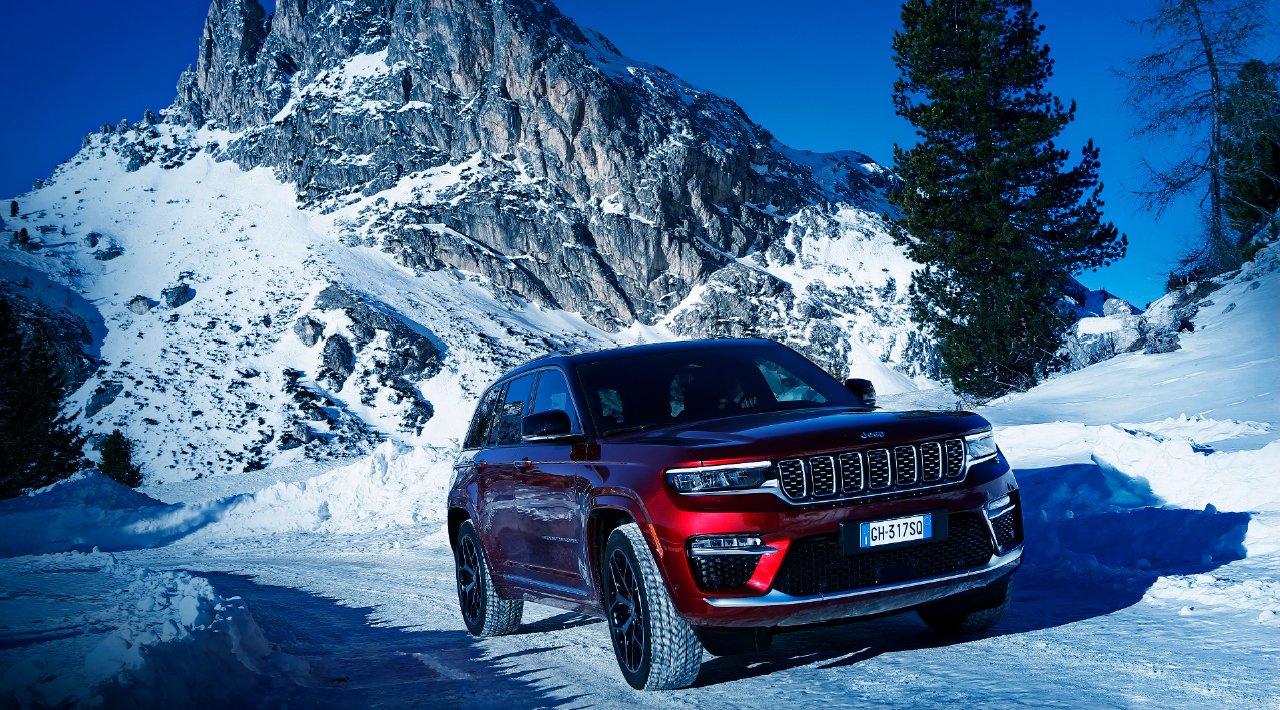It’s important to drive safely in snow & icy conditions and it’s the responsibility of all drivers to know how to drive in cold weather.

When Autumn arrives, Winter driving should be the focus of your vehicle maintenance.
If you specifically use summer and winter tyres rather than those designed for all-seasons, now is the time to replace the summer ones for winter, top up your antifreeze, check wiper blades and top up windscreen wash to make sure you’re ready for the coming Winter months.
In addition, several regular maintenance checks take on increased importance when roads are icy. It is always important to check your oil levels, keep your lights clean, test your battery and assess the condition of your tyres. Cold weather can present real problems for a weakened car battery and keeping it regularly charged will avoid the need to jump-start it on cold winter mornings.
Learning how to drive safely in cold weather is an important part of being a responsible driver. One of the key skills for driving on icy roads is anticipation and looking well ahead for potential hazards. Keep your speed down to allow you to stop more quickly if you need to and keep your gear changes smooth to reduce the risk of wheelspin.
Driving an automatic vehicle in snowy conditions can be more challenging as the vehicle’s technology is in control but always allow plenty of space from the vehicle in front, drive slowly and refrain from braking suddenly.
Driving safely in snowy conditions comes with practice and it is always important to err on the side of caution. If you find yourself in your vehicle during a snowstorm (whiteout) and you can’t see the road ahead, slow down, give the vehicle in front of you plenty of space and, if you start to feel uncomfortable or anxious, find somewhere safe to pull over and wait until visibility improves.
If you encounter a skid when driving on icy roads, steer gently into it until you feel the wheels recover their traction, then slowly straighten the wheels until you regain control. The key thing is not to brake harshly as this may make the skid worse.
When cold weather is forecast and if you make regular journeys in wintery weather, preparing for an emergency is vital. As well as taking the steps mentioned above to prepare your vehicle for winter, you can also consider travelling with specific items to help in the event of a cold weather emergency.
These are not limited to, but could include an emergency breakdown kit, ice scraper and shovel or spade and personal items such as hi-vis jackets, warm clothes and blankets, sturdy shoes/boots, food and water, a torch and spare batteries and a fully charged mobile phone. If you find yourself in a weather emergency, try to stay calm, keep warm and call for assistance.